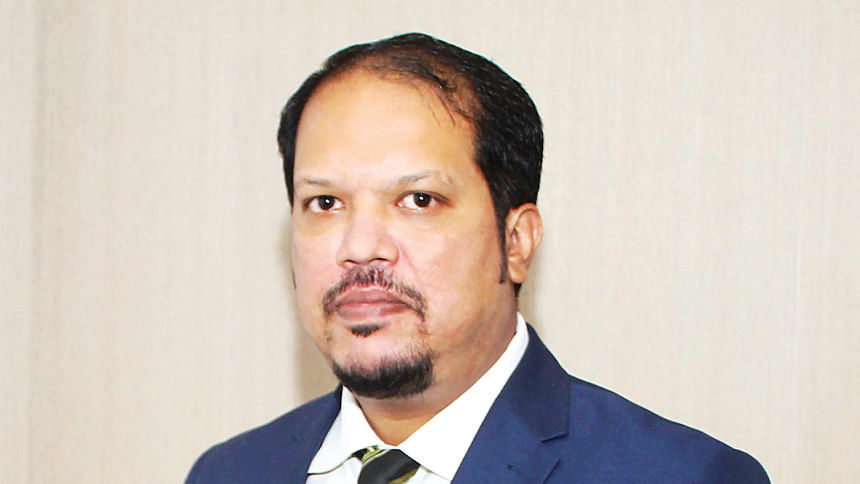The impact of private sector credit slowdown

Private sector credit growth fell to 6.4 percent in June 2025, the lowest in 22 years. This alarming number reflects the immense strain on the national economy, a slump not seen since the early 2000s. But the fading momentum goes beyond statistics. It is a pulse check on our economic strength, and the social cost of falling credit is immense.
On average, Bangladesh welcomes about 22 lakh new entrants to its workforce every year. Yet with the current downturn, only around 14 lakh jobs are being created, leaving about 8 lakh people without work annually. Industrial expansion tells a similar story. Imports of capital machinery, the lifeblood of new factories, have dropped sharply. In 2025, capital machinery LCs fell by 25 to 33 percent compared with the previous year. New ventures and bold expansions are increasingly being put on hold.
At the same time, banks face record levels of non-performing loans (NPLs). As of March 2025, NPLs stood at Tk 4.2 lakh crore, up from Tk 1.82 lakh crore a year earlier, more than double. Some banks are suffering liquidity crises, while inflation and political instability add further pressure, choking their lending capacity. Restricted credit means weaker consumption, less investment in factories and infrastructure, and slower GDP growth ahead.
Average double-digit inflation for the past 12 months has eroded real wages, forcing families to dip into savings to survive. The informal economy has swelled, and inequality has deepened. Rising unemployment has left many young people under psychological stress, with some drawn into unlawful activities. Incidents of communal violence are also increasing. The International Monetary Fund (IMF) has warned that banking stress and tight credit conditions threaten growth and could raise fiscal risks further.
Why has this economic syndrome emerged? Local entrepreneurs have been unsettled by prolonged uncertainty following the political changeover last year. Weak law and order discourage risk-taking and investment. Mounting NPLs, sluggish deposit inflows, and high borrowing costs have squeezed banks' capacity to lend. The central bank's policy rate is at 10 percent, as set in the last two monetary policies, in an attempt to tame inflation. But this has pushed commercial lending rates to nearly 15 percent. Such costs deter businesses, especially small and medium enterprises.
Meanwhile, heavy government borrowing is crowding out private borrowers. Banks with comfortable liquidity prefer treasury bills, which promise secure returns, rather than extending credit to businesses.
The way forward requires urgent steps. Once inflation cools, lowering the policy rate must be a priority to ease credit costs. The central bank's Banking Sector Reforms Task Force should accelerate its work to strengthen governance, reduce NPLs, and reinforce bank capital. Restoring law and order and ensuring fair regulation will be critical for rebuilding investor confidence.
Cheap, priority-sector credit should be channelled into SMEs, export-oriented firms, and green industries. The World Bank's Country Private Sector Diagnostic identifies these as areas that can generate jobs, revenues, and inclusive growth. At the same time, the government must cut non-essential spending, clear arrears, and improve revenue collection.
Signs of lost confidence, squeezed livelihoods, and muted aspirations are already visible. Picture a nation with skilled workers, promising industries, and bold vision, but lacking the fuel to power it. That fuel is credit. Without affordable loans, even the best factory cannot open its gates. Without confidence in the rule of law, even the most capable entrepreneur hesitates.
To restore momentum, we must stabilise banking, reduce credit costs, and re-establish investor confidence. Do that, and we do not just lift credit growth. We unlock jobs, innovation, and new windows of hope.
The writer is a senior banker.

 For all latest news, follow The Daily Star's Google News channel.
For all latest news, follow The Daily Star's Google News channel. 



Comments